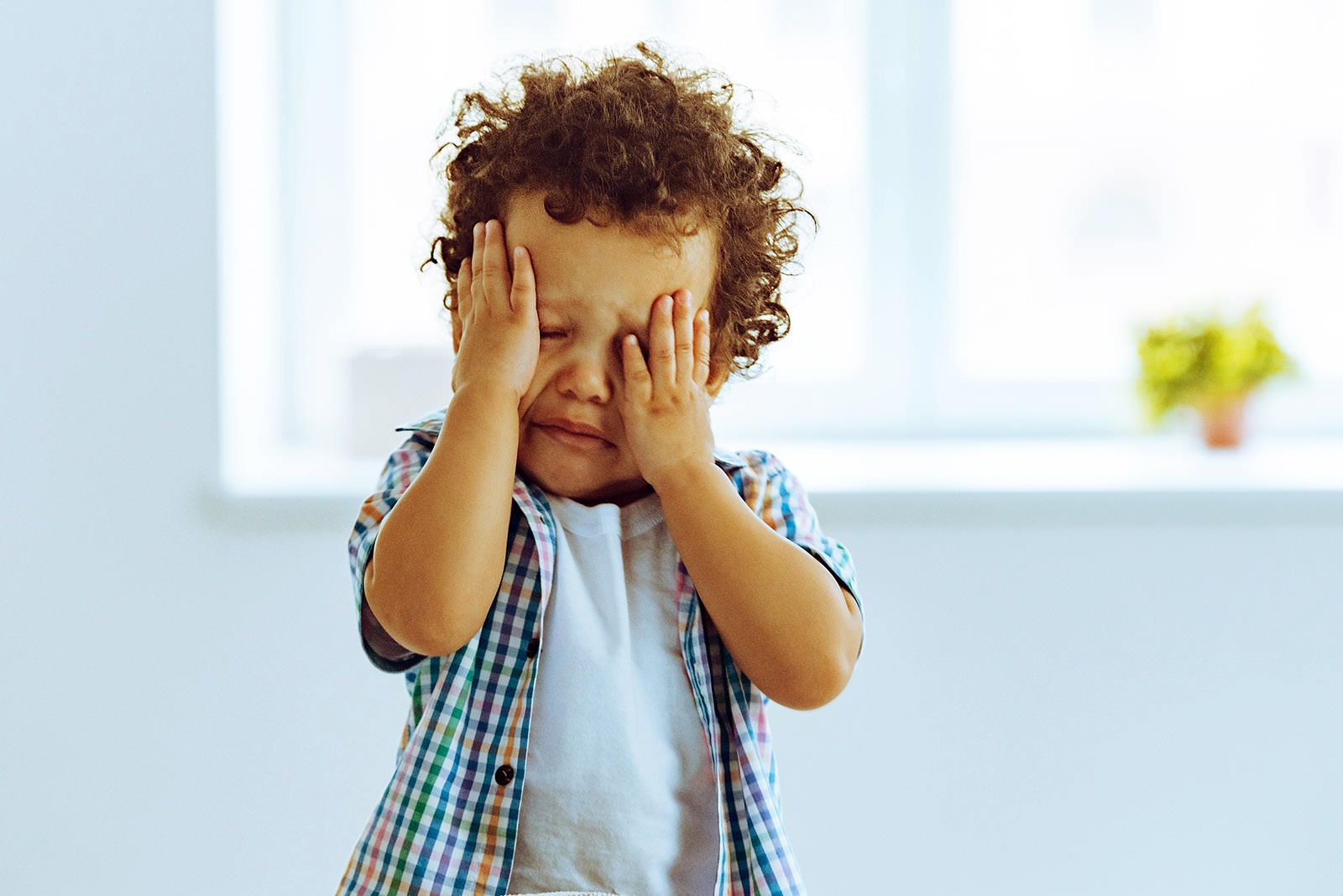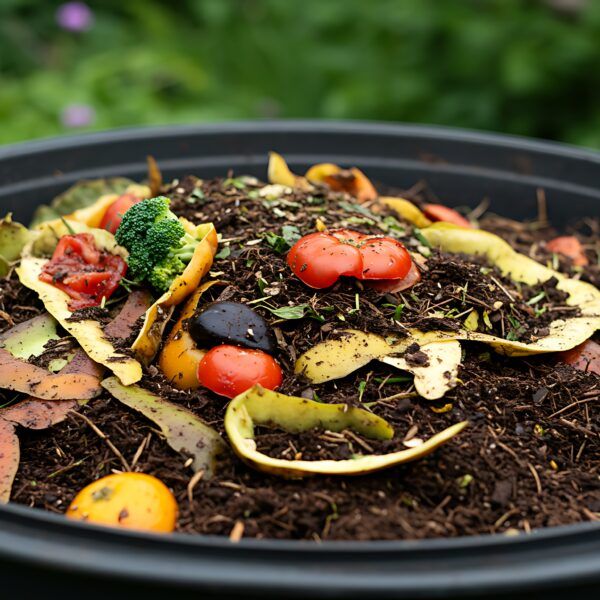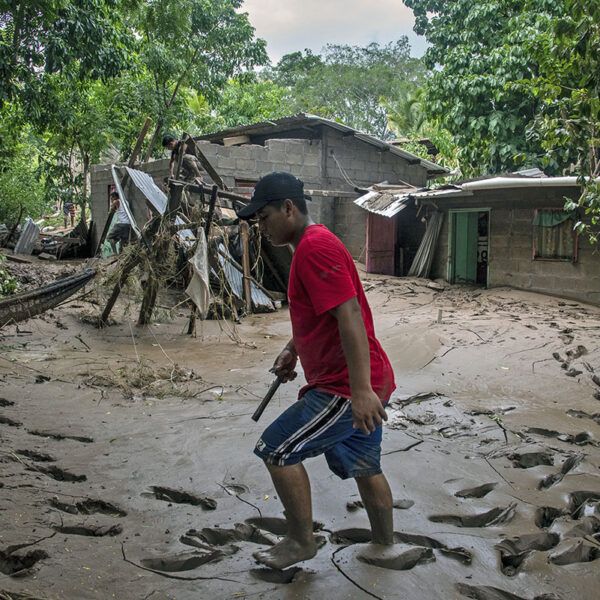Monsters under the bed? Bogeymen in the closet? You can add another item to the list of childhood fears: climate change.
If only parents could throw open a closet door to show our kids there is nothing to worry about! Unfortunately, climate change is all too real—and our children will be affected by its impacts for the rest of their lives. And that’s precisely why we all need to talk to them about climate change—but how do we do so without freaking them out?
Here are some tips:
1. Before you talk to your kid about climate change
Brush up on the basics: If it’s been a while since you reviewed the basic science behind climate change, check out this refresher.
Get grounded: If you have your own anxiety about climate change (and who doesn’t?), try to process your own feelings before broaching the subject with your child. (And note that some of our suggestions below for soothing kids’ anxieties below can help adults, too!)
Together, we’re building a future where people and nature thrive. Sign up today and join our movement.
"*" indicates required fields
2. Strike a balance
Acknowledge the facts (which, admittedly, are grim) but keep in mind that, “too much emphasis on climate catastrophe is unhelpful, creating feelings of panic and hopelessness,” according to The Lancet, whereas taking action can show kids that progress is possible.
3. Tailor the talk to the tyke
It’s always a good idea to consider not just your kid’s age, but their temperament when talking about big topics. You know your kid best—parcel out the facts in chunks you feel make most sense for them.
Small kids: With little ones, you might start with something tangible and un-scary, like how a houseplant breathes in the gases that we breathe out, and vice versa. This is a lesson in the basic carbon cycle that will help prepare them for more sophisticated climate science later. It also introduces the idea of interdependence, and why we need to be kind to nature if we want to keep receiving its gifts.
When you feel it’s time to address climate change head-on, keep it concrete: “The Earth is getting warmer because things like cars and airplanes and factories are creating too much carbon dioxide, and right now all that extra carbon is sitting over Earth like a blanket.” You can explain that a lot of people are working very hard to thin out the blanket, and that there are things we can do in our everyday lives to help. Even very small children can help tend gardens, separate recycling, and turn off lights.
Middle grade and tweens: Older children will almost certainly know something about climate change. (If not, or if they need more detail, this is a great resource. And if they’ve heard disinformation, refer to this handy guide to refuting climate denial.) Start by asking what they’ve heard, and importantly, how they feel about it. They may be harboring fears about climate events like wildfires or floods or simply feel unsettled by the idea of an ever-warming planet.
If your child expresses such fears, take a beat. Listen. Reflect back to them what they’re feeling and ask if you’ve understood correctly what they’re saying. You can even share a time when you felt fearful over a looming world crisis when you were a kid. The Child Mind Institute recommends acknowledging the fear, but encouraging bravery: “I know this is making you nervous, but I also know you can get through it, and I’m here to help with that.”
Then go to the science! You can say, “When I’m worried or scared I like to gather information, because so often our fears are much bigger than the facts warrant.” Seek out credible news reports that put their fears in context. Show them positive stories on renewable energy, reforestation, plastic bag bans, and the like.
Finally, stress that we are not powerless as individuals—there is a lot that kids of any age can do to fight climate change. See below for ideas.
4. Activate
The best medicine for anxiety is action—the trick is finding what makes sense for your child. Some may follow Greta Thunberg onto the global stage, while others may write climate poetry. Lean into their strengths and support their choices. It all matters.
There is a host of things that all of us can do in our daily lives to make a difference: avoid food waste (since rotting food causes emissions), cut down or eliminate meat eating (since animal agriculture also drives emissions), bike or take public transportation, plant native species in yards and community gardens, or thrift your wardrobe. Not only does thrifting help cut down on the harm that clothing manufacturing does to the environment, it’s a fun—and inexpensive—way for kids to express their individuality.
For those kids interested in advocacy, joining climate action groups at home or online (such as the Sunrise Movement) is a great start. They can attend or help organize climate marches—making posters, joining chants, and marching alongside other climate-concerned citizens is inspiring at any age.
They can also join our movement to protect forests! When we chop down forests, we are releasing into the atmosphere all the carbon the trees had been storing. Then, what the land is most often used for after deforestation—agriculture—causes more emissions. Older kids on social media can follow the Rainforest Alliance on Instagram or TikTok to learn more about protecting forests—and our monthly good news roundup will turn anyone into an optimist!




